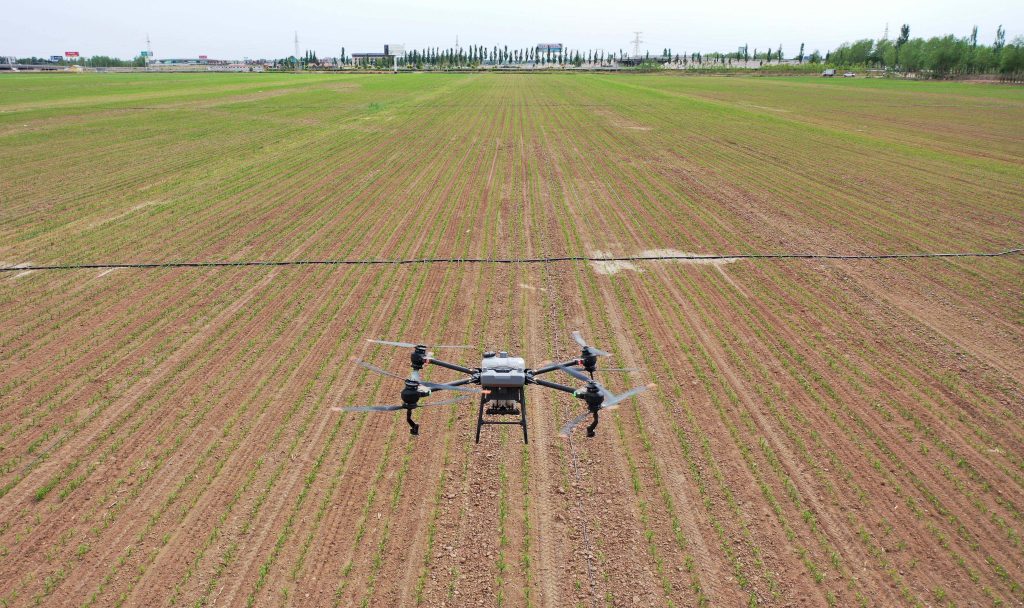Agriculture has come a long way from traditional farming practices. Today, it’s all about data, connectivity, and smart solutions. Let’s explore the evolution of smart agriculture.
-
Data-Driven Farming: Smart agriculture begins with data. Sensors in the field collect information on soil health, weather conditions, and crop growth. This data drives informed decision-making.
-
Connectivity and IoT: Farms are becoming highly connected ecosystems. Tractors, drones, and irrigation systems are IoT-enabled, allowing remote control and monitoring.
-
Automation and Robotics: Robots and autonomous machinery handle labor-intensive tasks. They can plant, weed, and harvest crops with precision and efficiency.
-
Precision Agriculture: Precision is key in smart farming. Resources are applied with precision, minimizing waste and maximizing crop yield.
-
Vertical Farming: In urban environments, vertical farming is a space-efficient solution. Crops grow in vertical stacks, utilizing controlled environments and LED lighting.
-
Artificial Intelligence: AI algorithms analyze farm data. They can predict disease outbreaks, recommend optimal planting times, and optimize resource allocation.
-
Livestock Monitoring: Livestock wear IoT devices for health monitoring. Farmers receive real-time alerts about any issues, ensuring animal welfare.
-
Blockchain for Traceability: Blockchain ensures food traceability. Consumers can trace the origins of their food, promoting transparency.
-
Sustainable Practices: Smart agriculture emphasizes sustainability. Reduced chemical use, minimal soil disturbance, and efficient resource management benefit the environment.
-
Market Insights: Data analytics provide farmers with valuable market insights. They can adjust production to meet consumer demand and market trends.
The evolution of smart agriculture is driven by the need for increased productivity, sustainability, and food security. As technology continues to advance, so too will the capabilities of smart farming.







Please sign in to comment
register